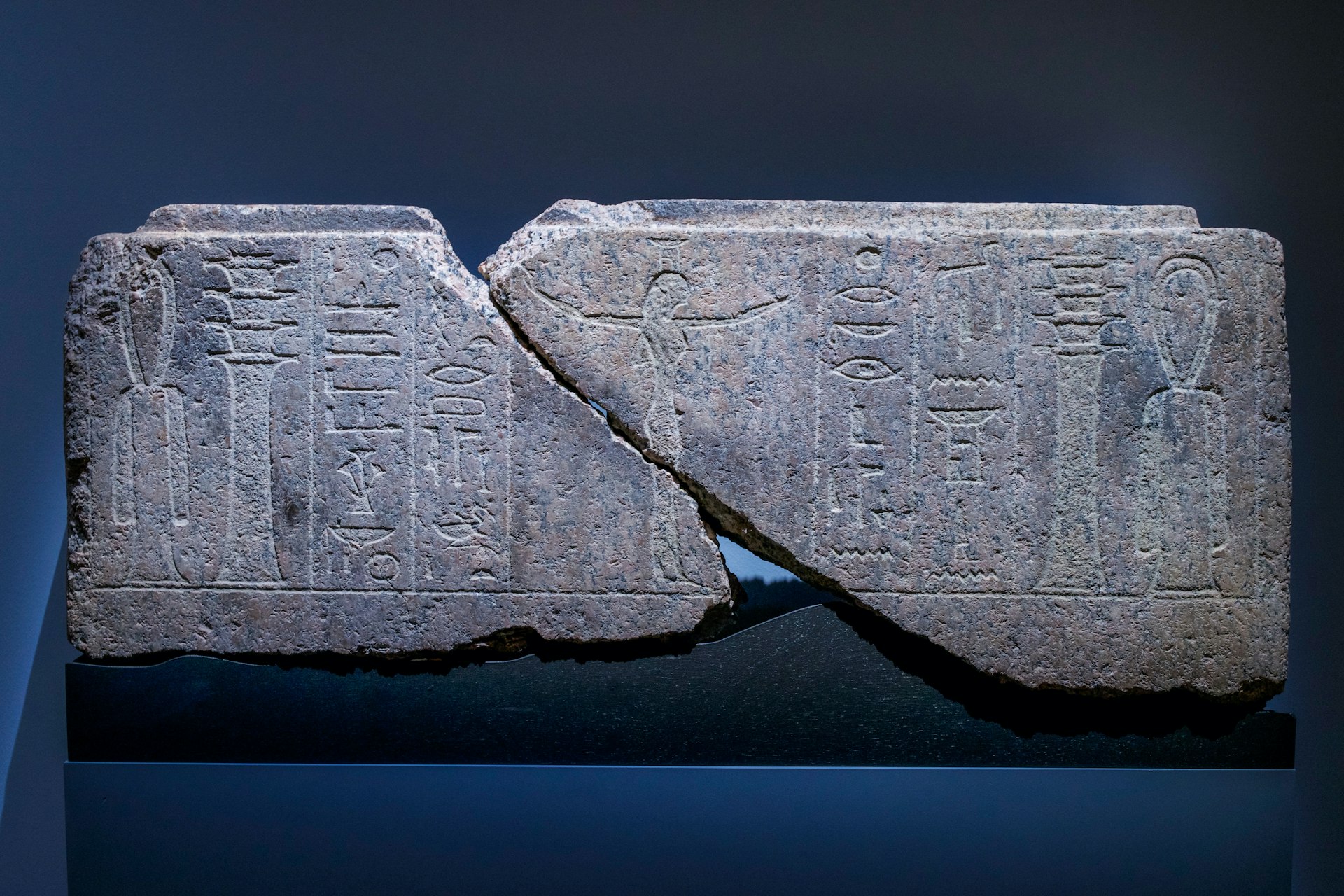Harnessing Artificial Intelligence for Effective Environmental Conservation

Photo by Sovann Samedy on Unsplash
Introduction: AI’s Transformative Role in Conservation
Artificial intelligence (AI) is rapidly reshaping the landscape of environmental conservation. By automating data analysis, enhancing wildlife surveillance, and guiding smarter resource management, AI empowers conservationists and organizations with actionable insights and scalable solutions. This article explores the multifaceted impact of AI in environmental projects, presents real-world examples, and offers guidance for accessing and implementing these technologies.
How AI Drives Data-Driven Conservation
AI excels at processing and interpreting vast amounts of environmental data, a capability critical for monitoring endangered species, forecasting ecological changes, and optimizing conservation interventions. By leveraging machine learning, predictive modeling, and data integration, AI enables more informed decision-making and rapid response to threats.
For example, predictive modeling can estimate species distribution and habitat suitability by analyzing climate data, topography, and human activity. Such models help conservationists identify high-priority areas for intervention and anticipate the impacts of environmental changes. [1] AI-driven analytics also support adaptation planning by forecasting climate change effects on specific ecosystems. [2]
Wildlife Monitoring and Anti-Poaching Strategies
AI-powered technologies revolutionize wildlife monitoring and anti-poaching efforts. Advanced sensors, acoustic devices, and camera traps collect real-time data, which AI algorithms analyze to detect and identify wildlife, including elusive and endangered species. Automated alerts help law enforcement respond swiftly to potential poaching activities. [1]
One widely used tool is the TrailGuard camera system, which instantly identifies species and transmits data to rangers, enabling quick action to protect livestock and wildlife. [2] Additionally, Conservation AI employs machine learning to analyze vast quantities of image and video data, facilitating animal population tracking and poaching prevention. [3]
Practical Guidance: To implement AI-based wildlife monitoring, organizations can collaborate with established technology partners, explore open-source AI platforms, and seek grants from conservation-focused agencies. Begin by surveying available AI tools, assessing compatibility with project goals, and piloting small-scale deployments before scaling up.
Remote Sensing and Land Use Analysis
Remote sensing technologies-such as satellite imagery and aerial photos-produce massive datasets that AI can rapidly analyze for environmental monitoring. Machine learning algorithms identify land cover changes, detect deforestation, and track wildlife migrations more efficiently than manual methods. [5]
For instance, AI has played a pivotal role in tracking deforestation in the Amazon rainforest. Algorithms process satellite images to pinpoint areas at risk, enabling timely intervention and resource allocation. [5] Similarly, the Chesapeake Bay Program uses AI to produce high-resolution land use maps, guiding precision planning for watershed and land change management. [3]

Photo by Ato Aikins on Unsplash
Implementation Steps: Organizations interested in leveraging remote sensing AI should connect with academic institutions and technology providers specializing in environmental imagery. Consider joining collaborative initiatives such as the Microsoft AI for Earth program, which supports data access and technical guidance for conservation projects. Always ensure compliance with local data privacy and sharing regulations.
Biodiversity Conservation and Species Identification
AI contributes to biodiversity conservation by automating species identification, habitat mapping, and population tracking. Machine learning algorithms analyze images, videos, and environmental DNA (eDNA) samples to detect species presence and monitor ecosystem health. [1] This approach is especially useful for studying cryptic or migratory species that are difficult to observe directly.
AI has enabled successful projects such as coral health monitoring in the Great Barrier Reef, where predictive models help forecast bleaching events and guide intervention strategies. [5] In Africa, AI-assisted tracking of elephants has led to a significant reduction in poaching incidents. [5]
Accessing Biodiversity AI Tools: Conservationists can access AI-driven biodiversity solutions through partnerships with research organizations and by participating in global networks such as Conservation International and the IUCN. Search for “AI biodiversity mapping” or “eDNA analysis for conservation” to locate relevant platforms and support services.
Optimizing Resource Management
AI streamlines resource management in conservation, from ranger deployment to equipment maintenance and monitoring. Automated systems optimize patrol routes, predict maintenance needs, and facilitate intelligent scheduling of conservation activities. [1] Game theory-based models, such as the Protection Assistant for Wildlife Security (PAWS), recommend smarter patrolling strategies by anticipating poacher behavior. [4]
Implementation Guidance: Begin by evaluating existing resource management workflows and identifying bottlenecks that could benefit from automation. Engage with AI solution providers, attend workshops, and consult published case studies to adopt best practices. For customized solutions, consider hiring data scientists or collaborating with university research labs.
Addressing Challenges and Exploring Alternatives
While AI offers substantial benefits, implementation can be hindered by limited technical expertise, data access restrictions, and the need for substantial upfront investment. Some organizations may find success by starting with open-source AI tools, participating in collaborative research initiatives, or applying for grants from environmental technology funds.
Alternative approaches include citizen science programs, which leverage public participation in data collection, and traditional field surveys complemented by automated data analysis. When direct access to AI technologies is unavailable, organizations can partner with academic institutions or established conservation NGOs for technical support.
Step-by-Step Guidance for Accessing AI Technologies
1. Define Conservation Goals: Clearly articulate the specific environmental challenges to address and desired outcomes. 2. Survey AI Solutions: Research available AI platforms, focusing on those with proven success in conservation applications. 3. Engage with Experts: Contact academic institutions, technology companies, or conservation networks for technical guidance. 4. Pilot Small-Scale Projects: Implement AI tools on a limited scale to evaluate effectiveness and refine strategies. 5. Secure Funding: Apply for grants and seek partnerships with initiatives such as Microsoft AI for Earth or Conservation International. 6. Monitor and Evaluate: Establish metrics for success and regularly assess project impact. 7. Expand and Scale: Upon successful piloting, expand AI deployment to broader conservation activities.
Where specific tools or programs are unavailable, search for “AI for conservation grants,” “environmental data analytics for NGOs,” or “wildlife monitoring technology providers” to locate resources. Contact relevant agencies directly through official websites or email for application instructions.
Conclusion: The Future of AI in Conservation
AI is redefining how conservationists understand, protect, and restore Earth’s ecosystems. From predictive analytics and wildlife monitoring to resource optimization and biodiversity mapping, its applications are broad and impactful. By following practical implementation steps, seeking partnerships, and continually evaluating outcomes, organizations can harness AI for substantial environmental gains. As technology evolves, the synergy between AI and conservation promises more adaptive, data-driven, and effective strategies for safeguarding our planet.
References
- [1] World Economic Forum (2024). AI in Conservation: Where we came from and where we are heading.
- [2] Yale Environment 360 (2023). Out of the Wild: How A.I. Is Transforming Conservation.
- [3] The Conservation Foundation (2024). Artificial Intelligence for Conservation: Is It Worth it?
- [4] USC Center for Artificial Intelligence in Society (2024). How AI Can Contribute to Conservation Efforts.
- [5] Makersite (2023). How AI Is Transforming Environmental Monitoring and Conservation.



